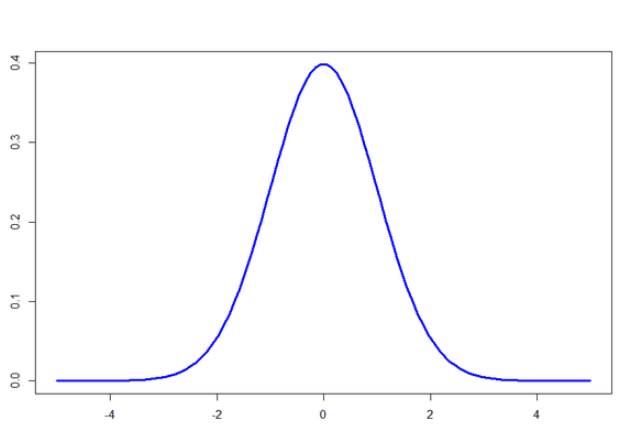The standard deviation in quality control is used to measure the variability based on the average value. Is it important and how to calculate the standard deviation?

What is the Standard Deviation in Quality Control?
In quality control, the standard deviation is a statistical measure of the variability of a set of data points from the average or mean value. It is used to assess the consistency and reliability of a manufacturing or production process. The standard deviation measures how much the data points deviate from the mean value. A low standard deviation indicates that the data points are close to the mean, while a high standard deviation indicates that the data points are more spread out from the mean. In quality control, the standard deviation is used to monitor the variation in a production process and to identify any trends or patterns that may be affecting the quality of the output. By measuring the standard deviation of a sample of products, it is possible to identify any process variations that may be causing defects or other quality issues.
Why standard deviation is important in quality control?
The importance of standard deviation in quality control is that it provides a statistical measure of the variability of data points from the mean value, allowing for the identification and analysis of process variations that may affect the quality of the output. Here are some specific reasons why standard deviation is important in quality control:
- Standard deviation helps to identify the range of variation in a production or manufacturing process, allowing for analysis of process variability and the identification of any patterns or trends that may affect product quality.
- By tracking standard deviation over time, it is possible to monitor the performance of a production process and identify any changes that may be affecting product quality, allowing for adjustments to be made to maintain consistent quality output.
- Standard deviation can help to identify quality issues and deviations from expected quality standards, allowing for corrective actions to be taken to improve the quality of the output.
- By monitoring standard deviation and controlling process variability, it is possible to maintain consistent product quality, leading to greater customer satisfaction and brand loyalty.
How to Calculate Standard Deviation in Quality Control?
In quality control, the standard deviation is often used in conjunction with control charts to monitor process variability and identify any trends or patterns that may be affecting product quality. To calculate standard deviation in quality control, follow these steps:
1) Collect data: Collect a sample of data points that represent the quality output of the process you want to analyze.
2) Calculate the mean: Calculate the mean (average) of the sample by adding up all the data points and dividing by the number of data points.
3) Calculate the variance: For each data point, calculate the difference between the data point and the mean, and then square that difference. Add up all the squared differences and divide by the number of data points minus one. This gives you the variance.
4) Calculate the standard deviation: Take the square root of the variance to get the standard deviation.
Standard Deviation Formula:
Standard Deviation = √(Σ(x – μ)² / n)
Where:
x = individual data point
μ = mean of the data set
Σ = sum of all the data points
n = total number of data points in the data set
The formula first calculates the difference between each data point and the mean, squares that difference, add up all the squared differences, and then divides that sum by the total number of data points. The result is the variance, which is then squarely rooted to obtain the standard deviation.